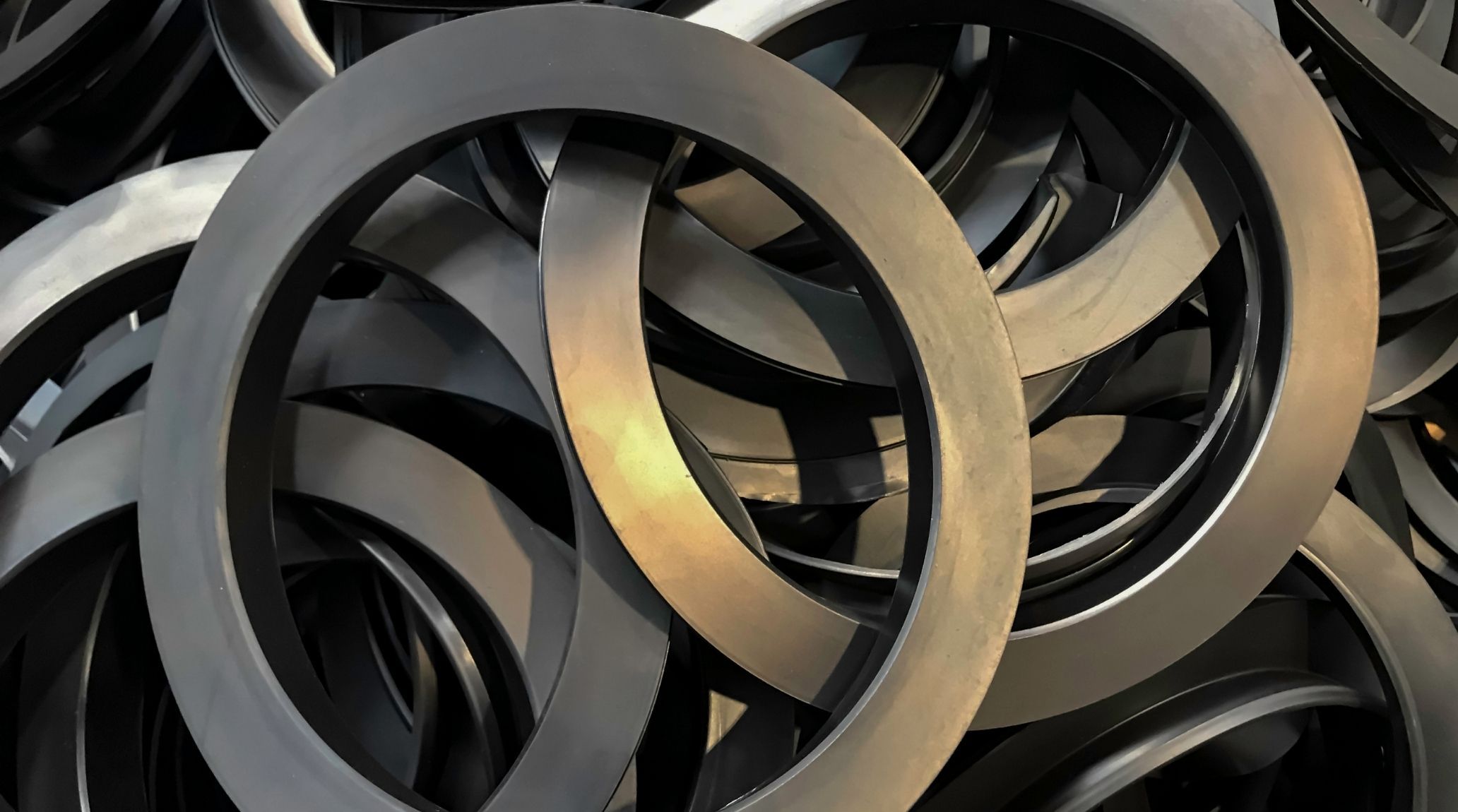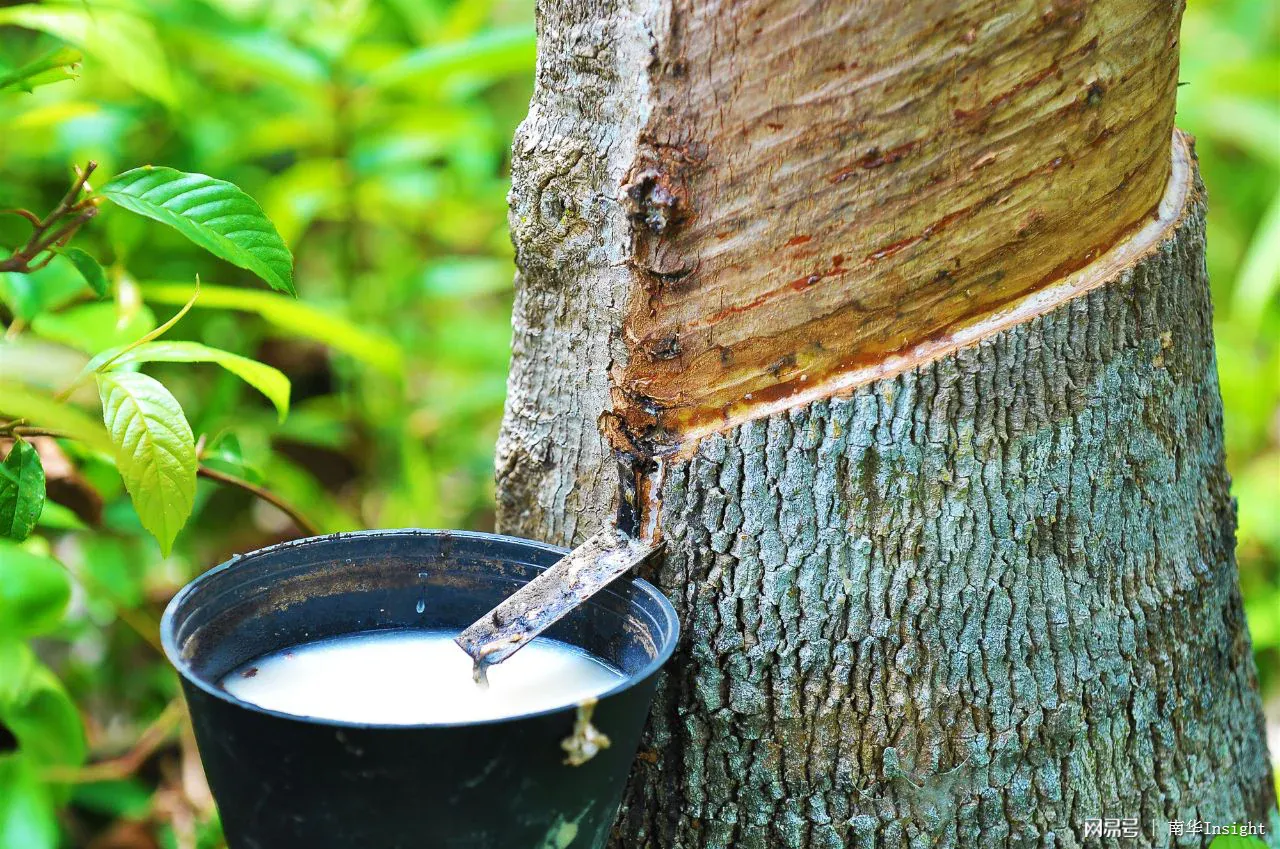
“
Rubber has a surprising range of applications and a rich history. From its natural origins to synthetic innovations, rubber plays a crucial role in many industries. Delve into these facts to understand how rubber has evolved and its impact on everything from everyday items to advanced technologies. Discover how this remarkable material continues to shape various aspects of our lives.1
1
”
Rubber is a versatile material found in everyday items like tires, footwear, hoses, seals, erasers, and elastic bands. Yet, there's much more to this stretchy substance than meets the eye. 1

Natural rubber is harvested from the sap of the Hevea brasiliensis tree, which takes six years to start producing sap and remains productive for about 28 years. Each tree can yield approximately 19 pounds of rubber annually.
The earliest use of rubber was by Central American natives, who created rubber balls and boots around 1600 BC using latex from rubber trees. Christopher Columbus first observed Haitians playing with a rubber ball in 1495. 2
Early rubber forms couldn’t handle temperature fluctuations, but Charles Goodyear revolutionized it with vulcanization. By accidentally adding sulfur to latex, he created a stronger and more reliable material. This process greatly improved rubber’s durability.3
Today, natural rubber from tree sap makes up only 40% of global rubber production. Although rubber originated in South America, 94% of the world's natural rubber now comes from plantations in Southeast Asia. 4
The rubber tree isn't the sole source of latex sap; dandelions also produce this sticky substance. Dandelions are now being explored as a sustainable alternative for rubber production, offering potential benefits for environmental and economic sustainability. 5
Englishman Stephen Perry invented the first rubber band in 1845, and they remain widely used today. Rubber bands have even set records, with the largest rubber band ball made of over 175,000 bands weighing an impressive 4,594 pounds. 6
Rubber can be vulcanized by adding sulfur, which strengthens the molecular bonds and enhances the material’s resistance to abrasion and wear. This process is essential for producing rubber used in large quantities across various industries. 7
Most rubber produced today is synthetic, with various types tailored to specific needs. Examples include silicone, neoprene, nitrile, and EPDM, each offering distinct characteristics and applications. 8

The first synthetic rubber suitable for tires, known as styrene-butadiene rubber (SBR), was developed by I.G. Farben in the Soviet Union using styrene and butadiene. Today, rubber is also used in construction mixtures and roadway development.
Rubber is commonly used as a sealant for car doors, windows, refrigerator doors, and camera lenses to prevent leaks of gasses and liquids. Remarkably, some people have even built entire homes using recycled rubber. 9
Rubber is widely used as a sealant for car doors, windows, refrigerator doors, and camera lenses to prevent leaks of gases and liquids. Impressively, some people have even constructed entire homes using recycled rubber. 10
Approximately 20,000 plant species produce latex, but only about 2,500 contain rubber in their latex. This highlights the relatively small subset of plants that are valuable for rubber production. 11
During World War II, Japan occupied rubber tree plantations in Southeast Asia, restricting rubber exports. This led several countries to research and develop artificial rubber for use in tires and other wartime vehicles. 12
Approximately 50% of the world’s natural rubber is used in manufacturing tires. The versatility and durability of natural rubber make it essential for producing high-performance tires, which are critical for vehicles worldwide. 13
Thailand and Indonesia are major producers, supplying over 60% of the world's natural rubber. Their extensive rubber plantations are crucial to meeting global demand, given the significant role natural rubber plays in various industries. 14
Natural rubber's elasticity in its fibrous form allows clothing manufacturers to create tight-fitting, stretchable garments. This flexibility is ideal for designing comfortable and form-fitting clothing. 15
Rubber is commonly used for flooring in gyms, commercial kitchens, animal shelters, and playgrounds due to its padding, which reduces fatigue. It is also waterproof, slip-resistant, and highly durable. 16
The longest rubber band chain by an individual measures 6,500 meters (21,325 feet 5.5 inches) and was created by Sajankumar Arvindbhai Patel in Anand, Gujarat, India, on January 1, 2020. The chain includes approximately 85,300 rubber bands. 17
On June 18, 1999, Leo Clouser (USA) launched a rubber band at a distance of 30.16 meters (98 feet 11 inches) at the Wyomissing Area High School Gym in Wyomissing, Pennsylvania. 18


